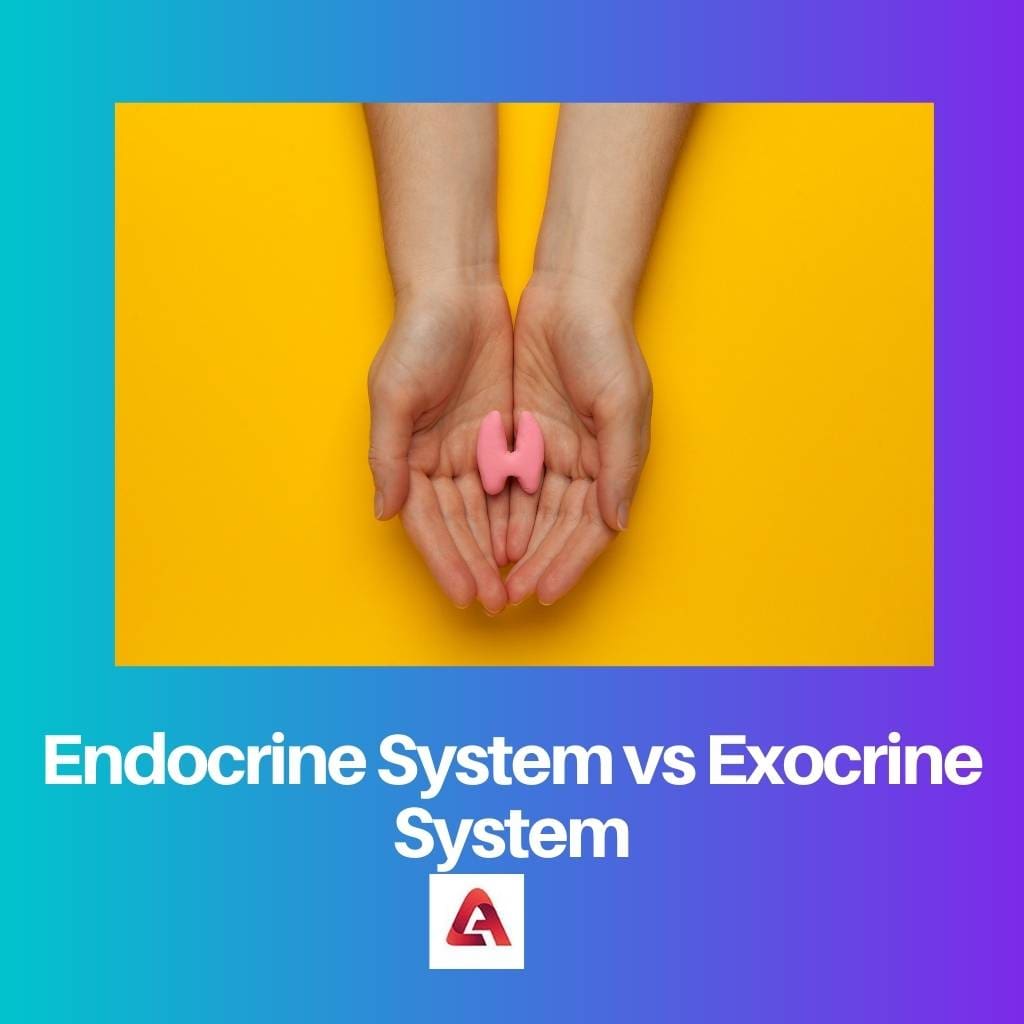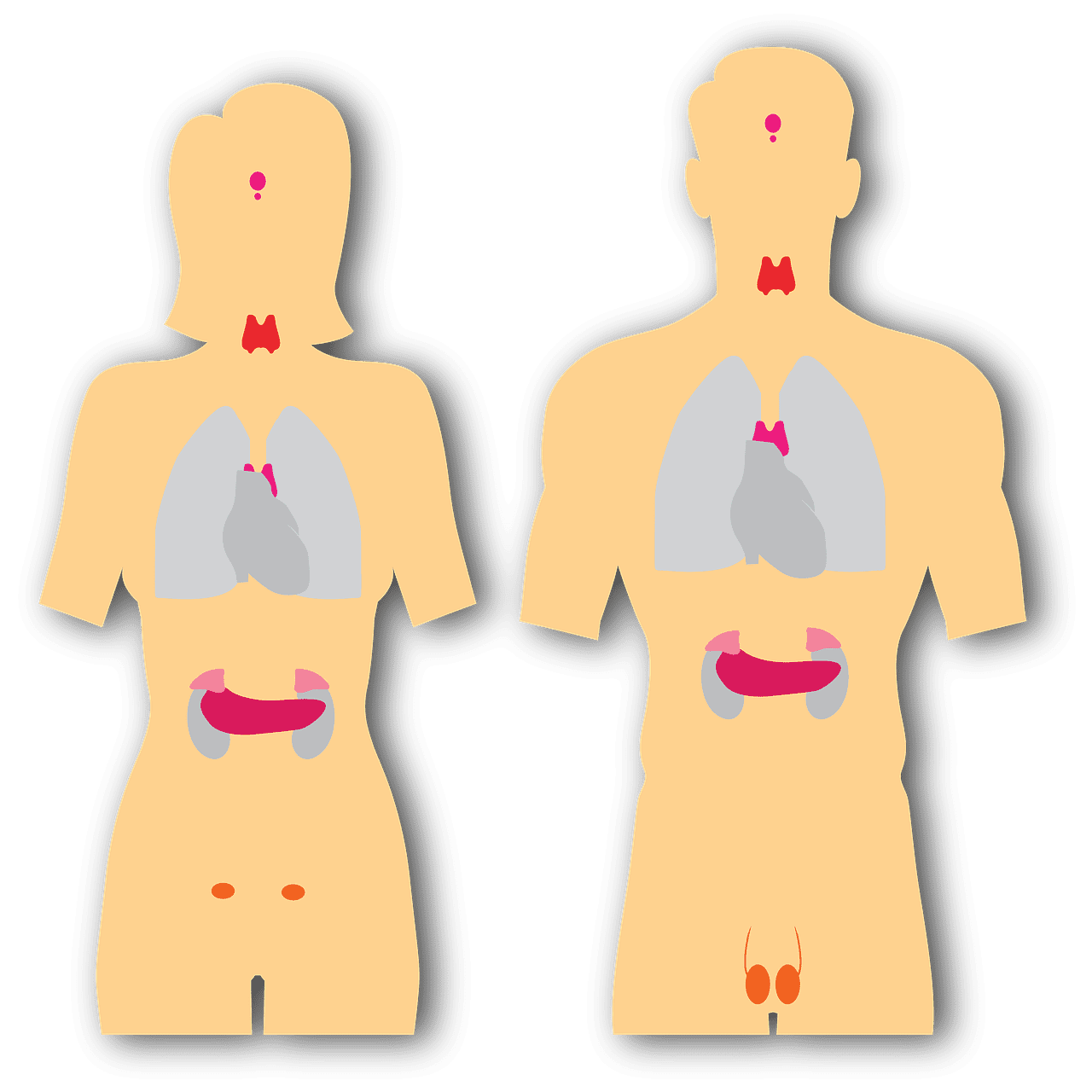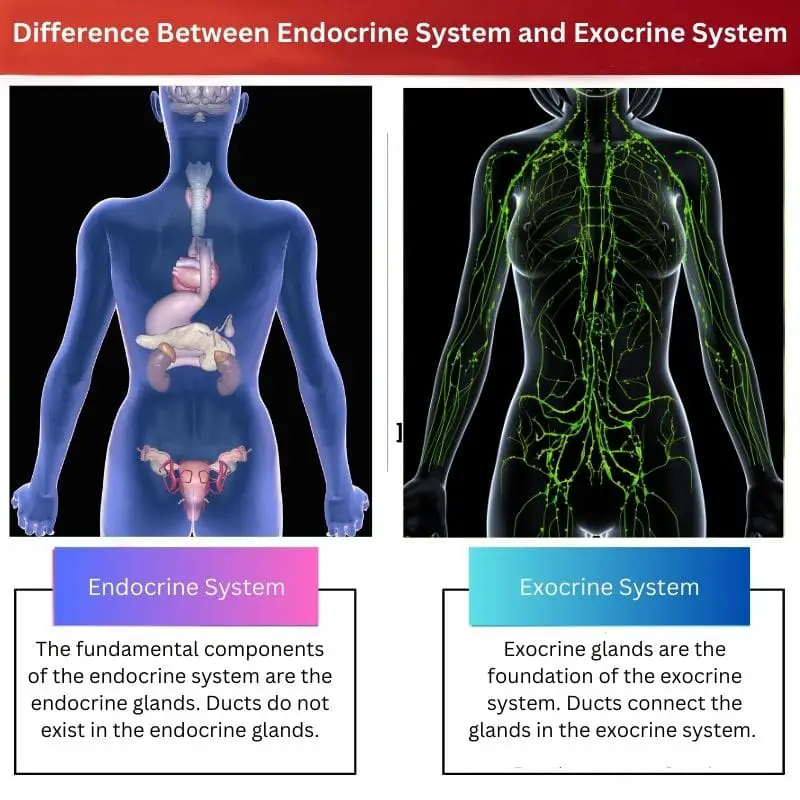Hormones are secreted by glands in our bodies, which are split into two types: endocrine and exocrine glands. Hormones are essential for the proper functioning of the body’s many organs and organ systems.
Hormones are chemical messengers that assist our bodies in functioning properly. The endocrine system is made up of endocrine glands, while the exocrine system is made up of exocrine glands.
Key Takeaways
- The endocrine system consists of glands that secrete hormones directly into the bloodstream, while the exocrine system involves glands that release substances through ducts to the body’s surface or cavities.
- Endocrine glands regulate various bodily functions such as metabolism, growth, and reproduction, while exocrine glands produce substances like sweat, saliva, and digestive enzymes.
- Examples of endocrine glands include the pituitary, thyroid, and adrenal glands, while exocrine glands include sweat glands, salivary glands, and the pancreas.
Endocrine System vs Exocrine System
The endocrine system is composed of glands that make hormones. They are ductless glands that secrete their substances directly into the bloodstream. The exocrine system is made of glands that make substances like sweat and tears that are released through ducts onto your body’s surfaces.

Endocrine glands are the main components of the endocrine system. The glands of the endocrine system directly release their production and secretions into the bloodstream.
The basic components of the exocrine system are the exocrine glands. Exocrine gland secretions do not enter the circulation. Exocrine gland enzymes and secretions move at a faster rate.
Comparison Table
| Parameters of Comparison | Endocrine System | Exocrine System |
|---|---|---|
| Consists of | Endocrine glands. | Exocrine glands. |
| Ducts: Presence/Absence | Possess ducts. | Do not possess ducts. |
| Secretary Products | Hormones. | Enzymes such as sweat, sebum, enzymes and mucus. |
| Pouring into bloodstream | Directly pour into the bloodstream. | Are not poured into the bloodstream. |
| Rate of transportation | Takes place at a slower pace. | Takes place at a faster pace. |
| Response time | The response time is slow. | The response time is fast. |
| Examples | The pineal gland, pituitary gland, liver, ovaries, pancreas, thyroid gland, testes, thalamus gland. | salivary glands, sebaceous glands, Mammary glands. |
What is Endocrine System?
The fundamental components of the endocrine system are the endocrine glands. Ducts do not exist in the endocrine glands. Hormones, for example, are secreted by the endocrine system.
Endocrine glands are also called “ductless glands.” The word “endo” means “within,” and the word “crisis” means ”to secrete.”
The rate at which endocrine gland secretions are transported is slower. Because the transit is through blood, the response time of endocrine glands is long.

What is Exocrine System?
Exocrine glands are the foundation of the exocrine system. Ducts connect the glands in the exocrine system. Sweat, sebum, enzymes, and mucus are all secreted by the exocrine system.
The glands that constitute exocrine systems are known to deposit all their secretions onto the epithelial surfaces, both external and internal.
The rate of transmission of exocrine gland enzymes or secretions is faster. Exocrine glands have a quick response time because they move through ducts.

Main Differences Between Endocrine System and Exocrine System
- The response time of endocrine glands is slow, as the passage is through blood. On the other hand, the response time of exocrine glands is fast, as the passage is through ducts.
- Examples of endocrine glands are the liver, ovaries, pancreas, thyroid gland, testes, thalamus gland, pineal gland, and pituitary gland.




